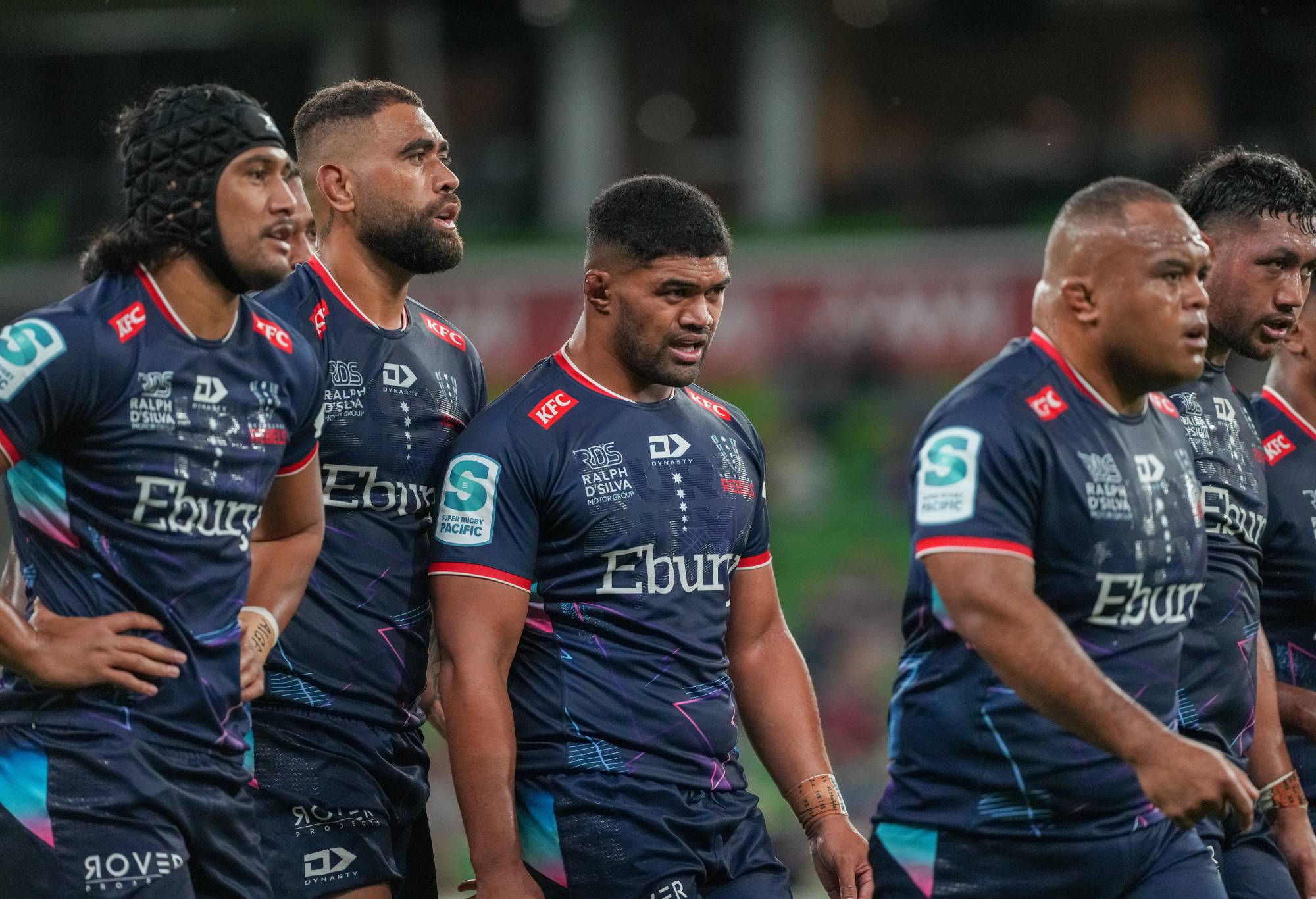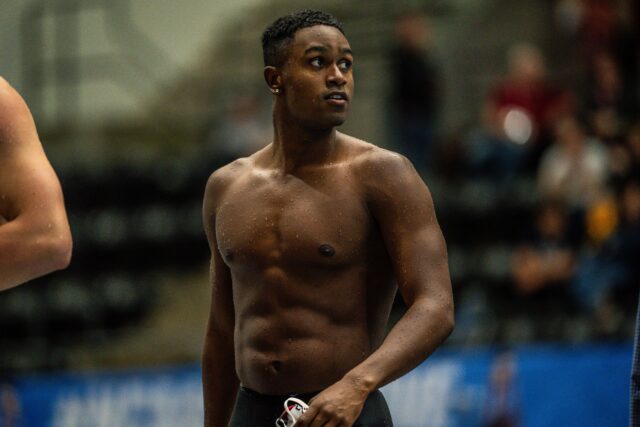
The Patriots made eight picks in this year’s draft.
Led by first-round quarterback Drake Maye, the New England Patriots ended up making eight selections in the 2024 NFL Draft. The initial reaction to the team’s class was mostly positive.
Time will tell whether that optimism is warranted, and if the Patriots’ selections will prove their value relative to their draft position. That will ultimately decide if New England’s draft class will be considered a success, and is something that can only be properly assessed a few years down the line.
As for right now, the question of value — oftentimes used as the basis for post-draft analysis — can only be answered in theory. This is exactly where Arif Hasan’s consensus big board comes in. It compiles 101 big boards to see how the draft community views prospects.
Obviously, there are differences between those boards and the ones used by NFL teams; for starters, the clubs have far more information available. That said, more than anything the comparison between those two spheres of scouting illustrates where differences exist and where, for one reason or another, there might be a dissonance between the public evaluation of a player and how the league views him.
So, with that in mind, let’s take a look at how the Patriots’ 2024 draft class compares to the consensus big board.
QB Drake Maye (North Carolina)
Pick: 1-3 | Consensus big board: 4 | Difference: +1
One of the best prospects in this year’s class regardless of position, Drake Maye was drafted almost exactly where he was supposed to based on the consensus board. He ranked fourth there, and came off the board as the third overall selection. At this point in the draft, where teams are dealing with blue-chip prospects all around, a slight difference in player perception versus investment reality matters not.
WR Ja’Lynn Polk (Washington)
Pick: 2-37 | Consensus big board: 62 | Difference: +25
The Patriots planned to draft Polk at 34 but recognized they would still be able to get him three spots later, thus facilitating a trade with the Los Angeles Chargers to move down. To a degree, that line of thinking fits to the position on the consensus board: Polk was seen as more of a late-second-rounder rather than a player coming off earlier than that; New England having a higher grade on him than other teams is also not unrealistic (thus the confidence they would still get him post-trade down).
Was Polk a reach, though? Not necessarily. He was the last in a cluster of wideouts drafted — between No. 28 and No. 37, six receivers were picked — and the top option available at that point relative to the consensus board (disregarding Adonai Mitchell, who teams seemingly had some issues with).
The Patriots slightly over-drafting him makes sense from that perspective: another trade down or waiting until the third round to go WR might have resulted in only players from at least one tier below being available.
OT Caedan Wallace (Penn State)
Pick: 3-68 | Consensus big board: 186 | Difference: +118
This is where things get interesting, and the league seemingly has a different opinion on a player. Wallace was picked 118 slots ahead of his position on the consensus board, making him the highest over-draft in the first three rounds.
So, what’s going on? When we look at the variance score in Wallace’s big board ranking (101.3), we can see that there was not a lot of disagreement between the producers of those 101 boards used as the basis (100 is the average, everything higher means polarization, everything lower means consensus).
There are two ways to look at this. First, the Patriots might have been a bit panicky at this point in the draft after seeing a run on offensive tackles earlier in the third round: between pick No. 55 and their selection, four OTs had come off to leave the cupboard relatively bare at what was a major position of need for New England heading into the draft.
On the other hand, the team might have simply had a higher grade on him given its particular projection for Wallace within the offense. We know he will be used as a left tackle after playing on the right side throughout his career at Penn State, so the confidence in that projection on the team’s side might also have factored into the pick.
G Layden Robinson (Texas A&M)
Pick: 4-103 | Consensus big board: 175 | Difference: +72
The Robinson pick is similar to the one above in that it did not line up with the consensus board; the Texas A&M interior lineman was a reach in that regard. There is a difference between him and Caedan Wallace, though.
Robinson was the only guard or center picked within a 30-selection area. New England clearly was not compelled to take him due to a run at the position. What we can also see is that the variance score of 83.6 hints at a player who was generally viewed as a late fifth-round value.
So, why did the Patriots draft him at No. 103? We can only speculate, but the points about projection into a certain offensive system mentioned above likely factors into the mix. Additionally, New England might have heard whispers about another club having him ranked in a similar range and might have been afraid to miss out.
We don’t know the motivation behind the selection, but this a more unclear one than for example the Ja’Lynn Polk or Caedan Wallace picks.
WR Javon Baker (Central Florida)
Pick: 110 | Consensus big board: 95 | Difference: -15
For the first time so to this point, a selection that can be classified as a “steal” relative to the consensus board. That said, the difference of 15 selections between his rank and eventual draft position is relatively minor and matches up with his variance score (112.5). Baker pretty much went were some of the lesser-enthusiastic projections thought he would go.
His selection also was done in a relative vacuum. Four wideouts were drafted between No. 100 and No. 113, but it was not necessarily a run like the rush to get offensive tackles in Round 2.
CB Marcellas Dial (South Carolina)
Pick: 6-180 | Consensus big board: 241 | Difference: +61
Another player with a low variance score (83.6) that was drafted almost two rounds ahead of his projection on the consensus board. Some defensive backs had come off within the previous few picks, but it appears Dial was simply the top-rated player on New England’s board at that time.
Why he was rated so much higher than his big board rank — which would have hinted as a borderline free agent — is anybody’s guess. That said, it is easy to label Dial a “reach” based on this, but at this point in the round teams are essentially looking for developable traits and coin flips worth making; for New England, the South Carolina product appears to be such a player.
QB Joe Milton III (Tennessee)
Pick: 6-193 | Consensus big board: 185 | Difference: -8
Milton is another pick where the entire draft community both within the NFL and outside of it was pretty much in agreement. He went just eight picks below his big board projection, and within three picks when looking at the boards classified by evaluators and projectors: he was 190th on both of those, with his variance score of 94.3 hinting toward relative agreement.
The big-armed Tennessee QB is a project, and everybody viewed his his draft outlook the same way.
TE Jaheim Bell (Florida State)
Pick: 7-231 | Consensus big board: 149 | Difference: -82
From a pure steal versus reach perspective, Bell definitely falls into the first category after landing in New England two-and-a-half rounds behind his projection. The question is how this was possible?
Based on the fact that every team passed him over repeatedly from his projected rank on hints toward the league simply viewing him as a less clear projection than those on the outside. His relatively pedestrian athletic numbers or the fact that he is more of a move and H-back option rather than a traditional inline tight end might have contributed to this.
This also shows up when dividing the consensus board between evaluators and predictors: Bell ranked 138th overall with the former group, but only 181st with the second — hinting at the league indeed being lower on him as a prospect.
Ultimately, he and the other seven players listed above are all in the same boat. There were reasons why players came off the board at certain spots when compared to the consensus board, even though not all of them seem to be equally obvious.
At the end of the day, debate between steals against reaches can only evaluate picks from the outside. It has to be mindful, though, of the fact that teams have their own evaluations and individual, prospect- and club-specific factors that go into player grades — something that is impossible to incorporate from an external perspective.

















You must be logged in to post a comment Login